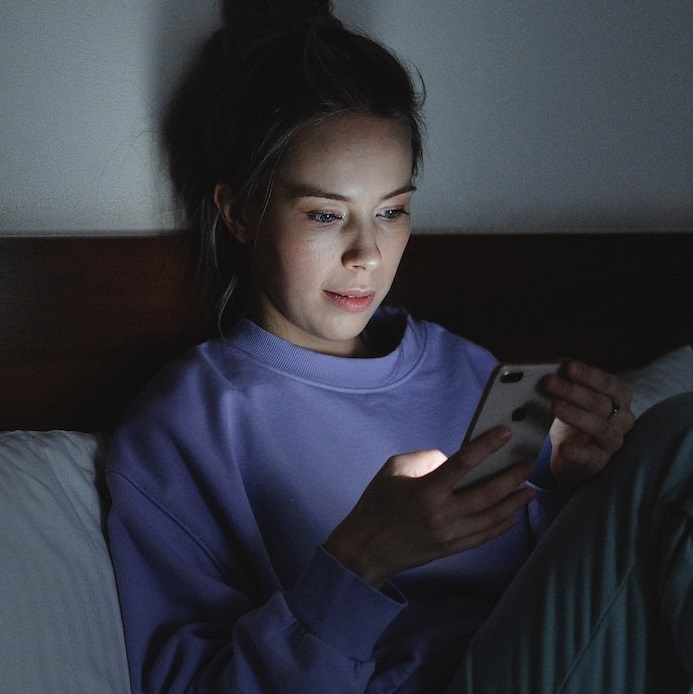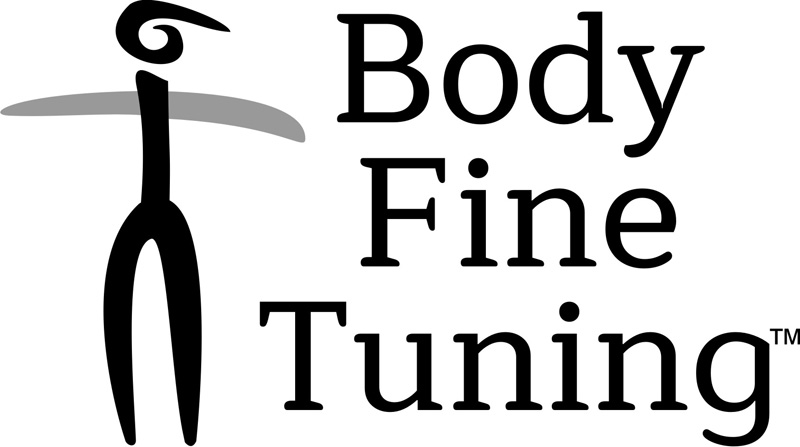Tip for Better Sleep
6 Ways to Stop Artificial Lights from Disturbing your Sleep?

Exposure to artificial light at night can trigger many challenges, affecting your health, mood, and productivity, and later as you age, you will have much higher risk of developing eye conditions and compromised vision.
Especially the blue light that makes the screens of smartphones and other devises bright is known to cause problems. Not only can blue light damage the eye’s sensitive tissues, but exposure to this bright light at night has the ability to confuse your biological clock to think it’s daytime, keeping you awake when you actually really need sleep.
Exposure to artificial light at night also triggers sleep disturbances, such as fragmented sleep. To get deep quality sleep your eyes need to properly calm down, which takes time. So, if you expose your eyes to artificial light, especially before bedtime (or while in bed) it will take longer for your brain to reach deep and restful sleep. Instead, you will experience multiple micro wake-ups, and possibly longer periods of not being able to fall back into sleep. As a result, the poorer your sleep quality, the higher your risk of developing various chronic health conditions. These include diabetes, heart issues, certain types of cancer, and dementia.
What to do?
To minimize the negative effects of artificial light exposure at night:
- Limit screen time before bed: Aim to reduce screen time at least one to two hours before bedtime to allow your body to wind down naturally and prepare for sleep.
- Use "Night Mode" setting: If you really need to see something or do some late-night working, use "Night Mode" or "Blue Light Filter" settings.
- Dim the lights: Use dim, warm-colored lighting in the evening to mimic the natural light of sunset. Avoid bright, fluorescent lights, especially close to bedtime.
- Use blackout curtains: Invest in blackout curtains or blinds to block out external sources of light that may interfere with your sleep.
- Establish a solid day schedule and sleep routine: Stick to consistent times for eating your meals, and set up a sleep schedule, (even on weekends), to get your body’s biological clock working well.
- Learn to calm your nervous system: Especially learn ways to calm down your visual system. This is one of core topics in the Moving into Sleep Method, which includes lessons for both relaxing the eye muscles and the optic nerve function.
Put the above tips into practice and you will certainly start feeling the benefits — and you get them for free!
Thanks for reading!
